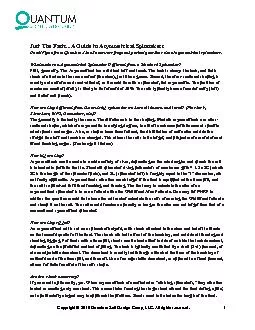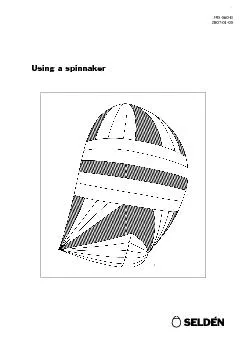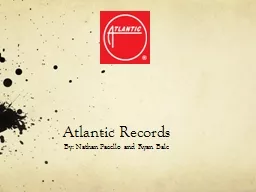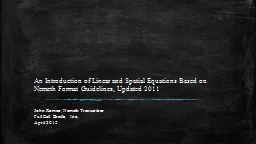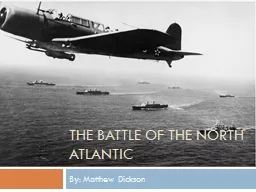PDF-Guide to Asymmetrical Spinnakers DavidFlynn from Quantum Atlantic answ
Author : cheryl-pisano | Published Date : 2015-10-29
both sheets are tied onto semicircular as it would flatter exit leech How are they different from the cruising spinnaker we have all known and loved Flashers Thrashers
Presentation Embed Code
Download Presentation
Download Presentation The PPT/PDF document "Guide to Asymmetrical Spinnakers DavidFl..." is the property of its rightful owner. Permission is granted to download and print the materials on this website for personal, non-commercial use only, and to display it on your personal computer provided you do not modify the materials and that you retain all copyright notices contained in the materials. By downloading content from our website, you accept the terms of this agreement.
Guide to Asymmetrical Spinnakers DavidFlynn from Quantum Atlantic answ: Transcript
Download Rules Of Document
"Guide to Asymmetrical Spinnakers DavidFlynn from Quantum Atlantic answ"The content belongs to its owner. You may download and print it for personal use, without modification, and keep all copyright notices. By downloading, you agree to these terms.
Related Documents

